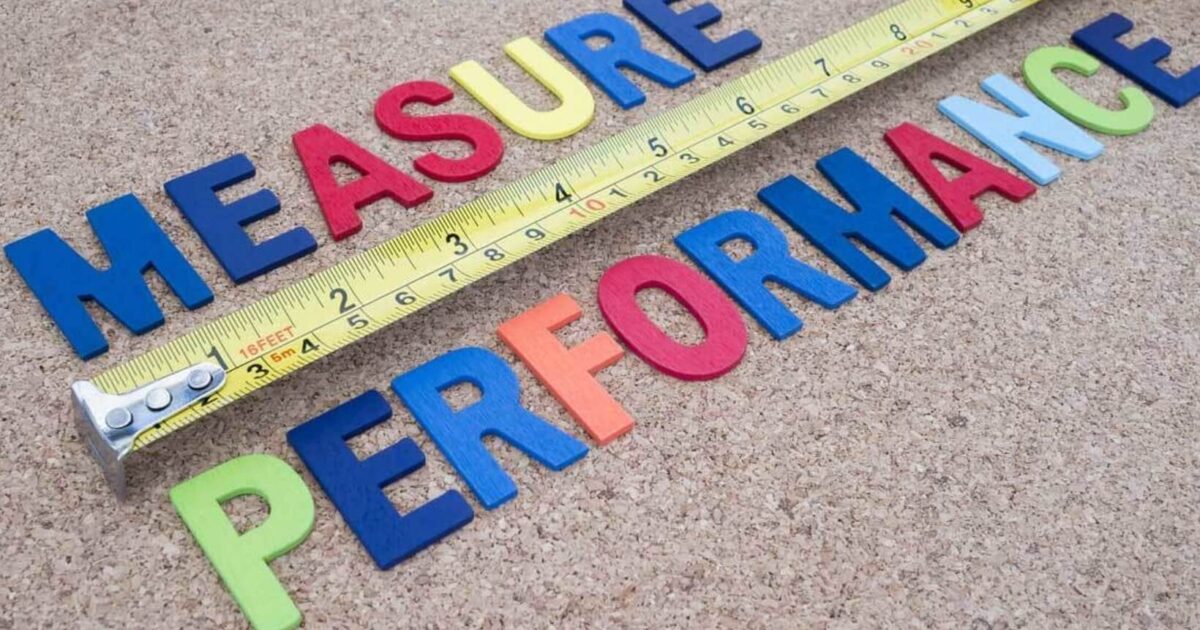As people in business, we need to measure the performance of our businesses. This isn’t limited to businesses where you employ people. Whether it is a one-person show, a service business, product manufacturer, freelance business or consultancy performance needs to be measured. Management author Peter Drucker put it best when he said “if you cannot measure it, you cannot improve it”. Of course, all your measurement effort counts for nought if you are measuring the wrong thing and that’s what is going to discuss today. How do we identify the right performance measures?
Beware of bottom lines
The thinking for many is to measure the bottom line. So you could look at your sales volume, sales revenue or profit. You can see why this appeals as we are here for the bottom line. However, there’s a problem with this thinking. If we are using bottom line matters as our measures we are looking at performance too late in the process. We need to rather look at the things that lead to sales volume, revenue or profit. So looking at things like advert response rate, prospect conversations, customer enquiries, quotes or bookings would be more useful to you.
Quantifiable
The second thing you have to be mindful of with performance measures is that they need to be quantifiable to be of use to you. This sounds like a simple concept, you had 7 conversations or 10 conversations. However, that’s not nearly enough. If you look back at the sales pipeline or funnel you will recall how we said there are stages along or down it. Where do those conversations place? All conversations are not equal so we need to be able to quantify the quality of things and not just the number of things. We will venture a little deeper into issues of quality shortly but there is another important matter to discuss first.
Coincidence vs Causality
Just because things occur together it doesn’t mean there is a causal relationship between them. For example, you may live in a place that always gets rain on Tuesdays but you should understand the weather enough to know that it doesn’t rain because it’s Tuesday. So you need to be careful that you are not measuring the wrong thing, that is, things that do not have a causality to your effect. To further drive the point home the number of hours a freelance writer works doesn’t relate to how much money they make. Freelance writers are paid per word or per piece of work. It’s good for you to know how much time it takes for you to produce a piece of work but it doesn’t have a causal relationship with how much you get paid.
Quality
Measuring the quality of your chosen metric is as important as measuring the metric. Let’s use a real-world example to explain this. Tino and Brian sell the same product for the same price. They both advertise on Instagram. Tino displays his product price while Brian asks people to privately message him for prices. All other things being equal you would expect that Brian will likely record more enquiries (there’s a catch that I’ll touch on in the next point) than Tino. However, there’s a high likelihood that many of these enquiries will be for the price of the item. If we assume that all other information a customer needs is provided then all of Tino’s conversations are with buyers. Maybe not all will buy today but these are people who have been given sufficient information to make a decision. Brian will record higher conversations than Tino but the conversations will likely be low quality.
Nuance
Finally, we must make room for nuance in this. Not all businesses are the same unless the business is the same. You cannot use performance measures from a different industry without adjusting them to match your business and industry. Without nuance, you may end up measuring things that don’t apply to your circumstances. Look at fashion designers. Exclusive designs can warrant as much money for 1 unit as is warranted by 1000s of units of mass-produced clothing. The two are both in clothing but they are not playing the same game.
Setting appropriate performance measures and watching the right metrics is the first step to improving your performance. Just remember to include our discussion on Critical Success Factors and Key Performance indicators when deciding on your performance measures.








